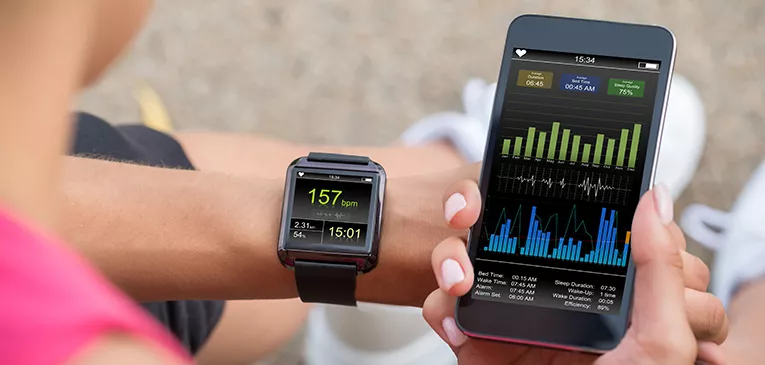
In recent years, fitness apps have become indispensable tools for those looking to adopt a healthier lifestyle. These apps offer features ranging from personalized workout plans to nutrition tracking, helping users achieve their health and wellness goals. But with so many options available, how do you choose the right one to meet your specific goals? This article will help you understand what to consider when selecting a fitness app and how to get the most out of it.
Finding the right app can seem daunting, especially since everyone's needs are different. A beginner runner may need support to build endurance, while a weightlifting enthusiast may want a progression program. Therefore, it's essential to understand which features are truly useful for your goals and avoid unnecessary features that only clutter up your experience.
In this guide, we'll explore the best criteria for choosing fitness apps and how they can complement your routine. We'll also provide a practical step-by-step guide to help you set up and use these tools efficiently. This will help you get closer to turning your goals into real results.

Before choosing an app, it's essential to clearly define your fitness goals. Do you want to lose weight, gain muscle mass, improve endurance, or simply maintain an active routine? Knowing this will guide your choice and prevent wasting time on platforms that don't align with your needs.
The best apps allow you to adjust your training and nutrition plans based on your experience level, time availability, and specific goals. Make sure the app you choose offers this flexibility.
When choosing an app, look for essential features such as:
Some applications, such as Freeletics e Fitbod, also offer integration with wearables, such as smartwatches, for real-time monitoring.
Usability is crucial. A confusing app can quickly demotivate. Choose tools with a clean, easy-to-navigate interface that provide a pleasant user experience.
While many apps are free, premium versions often offer additional features, such as exclusive workouts and technical support. Consider whether the benefits justify the cost.
Many applications, such as Peloton e FitOn, offer online communities where users can share achievements, exchange tips, and find motivation. Joining a group can be a powerful incentive to maintain consistency.
Platforms like 8fit They offer plans designed by certified trainers, ensuring that the exercises are safe and effective. This is particularly useful for beginners who need specific guidance.
Consider apps that offer efficient technical support. Good customer service can resolve queries and make your experience smoother.
If you're just starting out, setting up a fitness app can seem daunting. Here's a simple step-by-step guide to help you get started:
While tracking is helpful, avoid focusing too much on metrics like calories burned. Prioritize overall well-being.
Following generic plans can lead to injuries. Always adjust your workouts to your fitness level.
If you have specific health conditions, such as injuries or dietary restrictions, consult your doctor or nutritionist before using any app.
Fitness apps are powerful allies in the pursuit of health and well-being, but their effectiveness depends on choosing the right tool for your goals. By setting clear goals, evaluating features, and following the setup steps, you can make these tools an essential part of your routine.
Remember that consistency is key to success, and using these apps wisely can help you achieve real results efficiently and enjoyably.